What are the Risks of Pouring Concrete at a Wrong Temperature?
The Constructor
AUGUST 4, 2022
Placing concrete at the correct temperature is critical for its durability and ultimate strength. This is because temperatures above the normal concrete curing range (32 °C) will not only reduce the workability of concrete but also cause a significant reduction in its ultimate strength. appeared first on The Constructor.


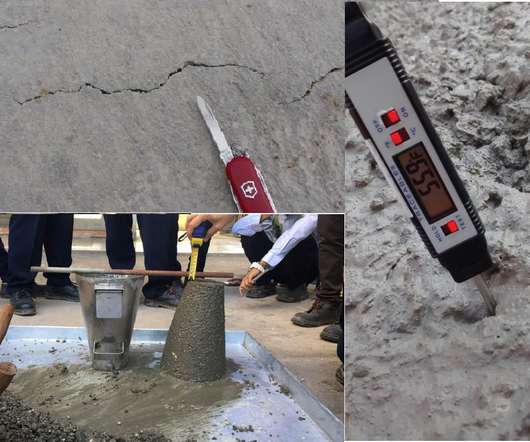
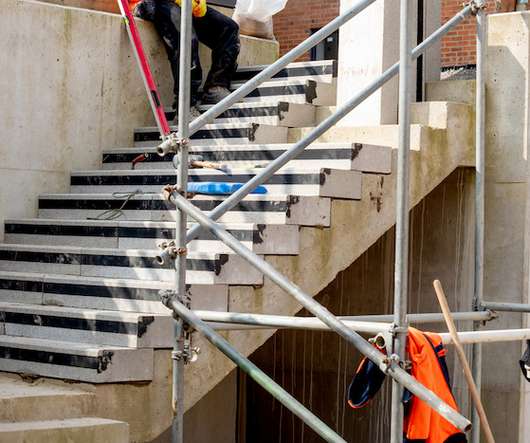







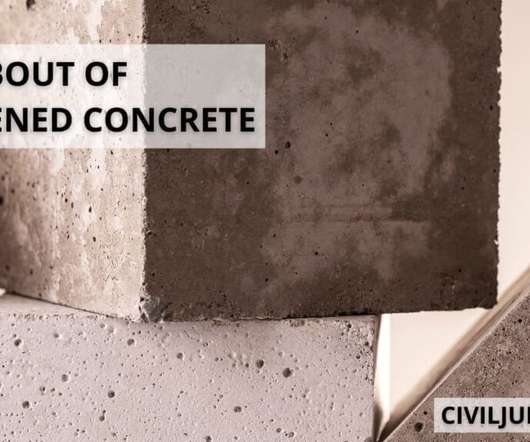







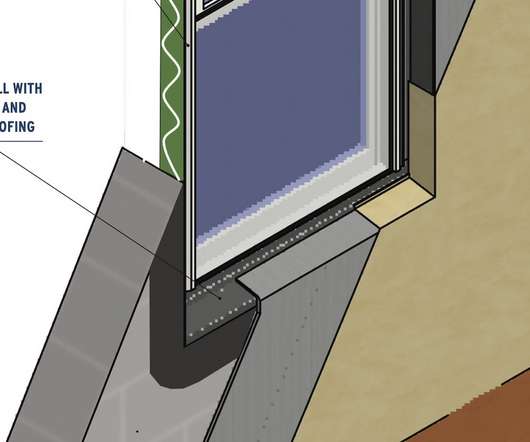




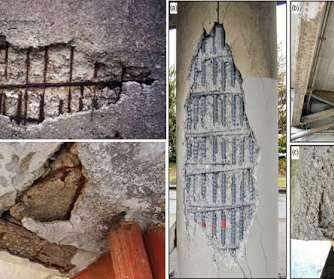









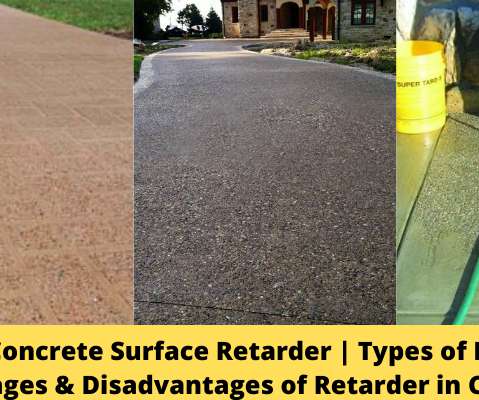











Let's personalize your content